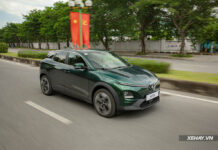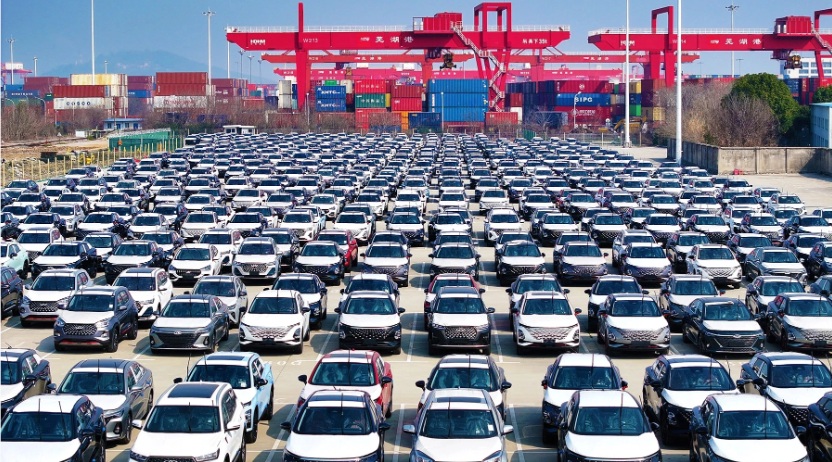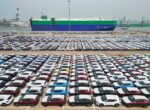The Chinese automotive industry is witnessing a stark contrast between its export and import sectors.
While exports, particularly of new energy vehicles (NEVs), continue to surge, imports into the country have plummeted, reflecting changes in the domestic market and the lingering impact of trade tensions with the US.
According to data from the China Automobile Dealers Association (CADA), China imported only 47,000 vehicles in May, a 25% decrease compared to the previous year. From January to May, total imports fell by 33%, reaching just 180,000 units.
Vehicles imported from the US have been the hardest hit, with only 3,130 units entering China in May, a 68% drop. For the first five months of the year, US car imports stood at 18,849, a 48% decline year-on-year.
Despite a 90-day truce on tariff increases that began on May 12, current tariffs remain high. US cars with engines larger than 2.5L continue to face a 25% tariff, while models below this threshold are taxed at 15%. Additionally, the US has introduced new regulations prohibiting the import or use of automotive software originating from countries deemed “of concern,” including China, citing national security reasons.
In contrast to the import trend, China’s automotive exports are growing steadily. In the first five months of the year, China exported a total of 2.83 million vehicles, a 16% increase year-on-year. May alone saw exports of 682,000 vehicles, a 20% rise compared to the previous year.
Notably, new energy vehicles (NEVs, including battery electric vehicles and plug-in hybrid electric vehicles) accounted for a significant proportion of this growth. In May, China exported 296,000 NEVs, a substantial 43% increase.
The top import destinations for China’s NEVs in May included Brazil (35,478 units), Belgium (30,405 units), the Philippines (21,517 units), the UK (21,456 units), Mexico (14,587 units), and Australia (14,250 units).
The surge in exports and decline in imports indicate a repositioning of China’s automotive industry within the global supply chain. China is now evolving from a large consumer market into a significant vehicle manufacturer and exporter, especially in the electric vehicle sector.
While brands like GM, Ford, Tesla, and BMW once held a substantial presence in China’s import market, the current trend showcases a swift shift towards domestic brands and foreign markets.
The robust export performance of NEVs underscores China’s emergence as a global hub for electric vehicle exports, despite geopolitical barriers and stringent Western trade policies.
TH – Tuoitrethudo












































